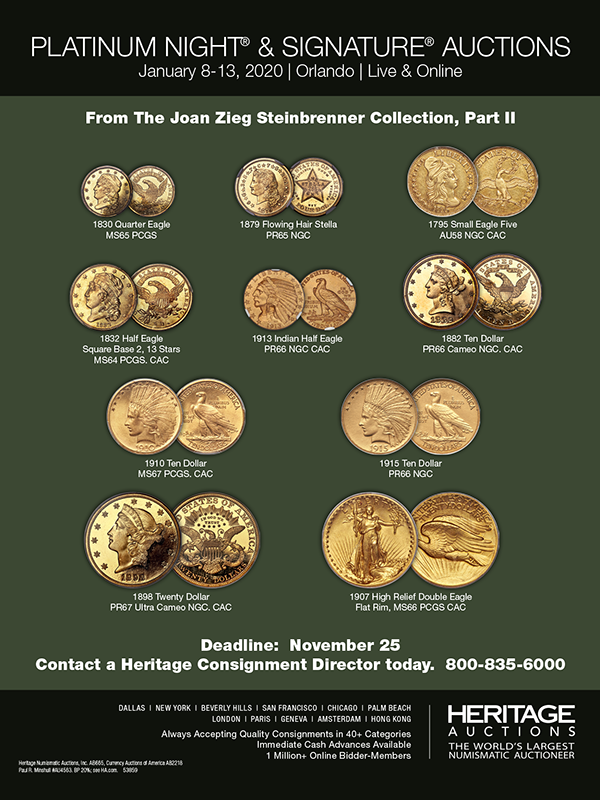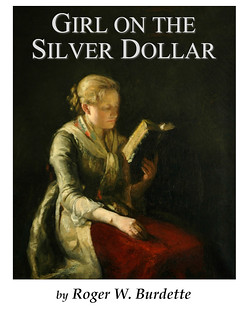
PREV ARTICLE
NEXT ARTICLE
FULL ISSUE
PREV FULL ISSUE
BOOK REVIEW: GIRL ON THE SILVER DOLLAROn October 1, 2019 Lou Golino published a great CoinWeek article reviewing Roger Burdette's new book, Girl on the Silver Dollar. Here's an excerpt - see the complete article online for mure more. -Editor
Burdette says the matter of Williams' role on the Morgan coin will probably never be fully resolved but lays out a compelling case based on extensive research into her, famous United States Mint designer and engraver George T. Morgan, and the artist Thomas Eakins–for whom Williams also modeled and who introduced her to Morgan–that is based on U.S. Mint and Treasury documents from the National Archives and press accounts and numismatic articles of the era. He also explains that she did model a number of times for Morgan in 1876 while he was working on the silver dollar obverse but that her actual features and youthful appearance are present not in that design but instead on the famous 1879 School Girl pattern and a half eagle pattern. For example, the chin on the Morgan obverse resembled that of Morgan's wife, who arrived from England in 1877, rather than that of Ms. Williams. Moreover, Morgan, who came to the U.S. from England in 1876 after the Royal Mint's deputy master recommended him to U.S. Mint Director Henry Linderman, had already begun work on a Liberty head silver dollar obverse before arriving in America. He was hired specifically to create the designs for a new silver dollar due to widespread dissatisfaction with the coinage of Charles Barber. Director Linderman wanted a new design for a silver dollar with a “classical head of Liberty” (i.e., one based on Greco-Roman motifs) that might be used on all silver coins except the Trade dollar (Burdette, 10). Based on his training that emphasized “copying classical models with a strong emphasis on French interpretation” (Burdette, 12), all of Morgan's Liberty designs featured “the Grecian nose and forehead which was considered ‘classical beauty' of the time” (Burdette, 30). But we also know that after Morgan arrived in the U.S., he wanted to give his design a more distinctly American look that reflected the beauty of young American women he saw in Philadelphia. Burdette's book — a model for the kind of original numismatic research that can change our understanding of important facets of the hobby — is essential reading for Morgan dollar enthusiasts and anyone interested in the history of American coinage. It is high time that a numismatic researcher has finally uncovered what appears to be the real story about the Morgan dollar design that reveals a lot about American social mores and artistic standards of the late 19th century. To read the complete article, see:
To read the earlier E-Sylum article, see:
 Wayne Homren, Editor The Numismatic Bibliomania Society is a non-profit organization promoting numismatic literature. See our web site at coinbooks.org. To submit items for publication in The E-Sylum, write to the Editor at this address: whomren@gmail.com To subscribe go to: https://my.binhost.com/lists/listinfo/esylum All Rights Reserved. NBS Home Page Contact the NBS webmaster 
|
